Summary | Excerpt | Reading Guide | Reviews | Beyond the Book | Read-Alikes | Genres & Themes | Author Bio
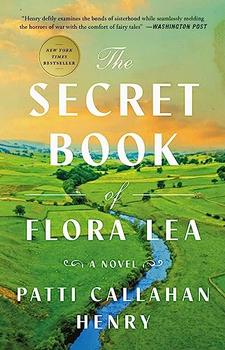
Critics' Opinion:
Readers' Opinion:
First Published:
May 2023, 368 pages
Paperback:
Apr 2023, 368 pages
 Book Reviewed by:
Book Reviewed by:
Jo-Anne Blanco
Buy This Book
This article relates to The Secret Book of Flora Lea
1.jpg) In Patti Callahan Henry's The Secret Book of Flora Lea, Hazel Linden, 14, and her sister Flora, 5, are evacuated to Oxfordshire during Operation Pied Piper in World War II. To help Flora through the trauma of war and evacuation, Hazel creates a secret magical woodland world called Whisperwood and the River of Stars, to which she and Flora can escape through hidden doorways in the real world and have adventures. However, the creation of Whisperwood and the telling of stories becomes a terrible burden to Hazel, as she blames it for the tragedy that lies at the heart of the novel. In her grief and guilt, she stops telling stories and abandons her dream of being a writer. Only when she receives a book written by an American author about Whisperwood twenty years later does she set off on a journey of discovery to uncover the truth about the past and come to terms with it.
In Patti Callahan Henry's The Secret Book of Flora Lea, Hazel Linden, 14, and her sister Flora, 5, are evacuated to Oxfordshire during Operation Pied Piper in World War II. To help Flora through the trauma of war and evacuation, Hazel creates a secret magical woodland world called Whisperwood and the River of Stars, to which she and Flora can escape through hidden doorways in the real world and have adventures. However, the creation of Whisperwood and the telling of stories becomes a terrible burden to Hazel, as she blames it for the tragedy that lies at the heart of the novel. In her grief and guilt, she stops telling stories and abandons her dream of being a writer. Only when she receives a book written by an American author about Whisperwood twenty years later does she set off on a journey of discovery to uncover the truth about the past and come to terms with it.
Just as the teenage Hazel instinctively understands that creating an imaginary world will help her and her sister through the horrors of war and evacuation, psychologists and mental health experts have long believed that stories and storytelling can help children deal with fear, worries, and trauma. They urge parents and teachers to encourage children not only to read about imaginary worlds, but, like the Brontës, C. S. Lewis, and the fictional Hazel, to create their own stories and imaginary worlds. During COVID-19 and its attendant traumas, early years practitioners at the Lewisham Children and Family Centres suggested that children might be encouraged, for example, to create a story about a superhero who conquers the virus and keeps everyone safe. The stories children create can be expressed through writing, drawing, or painting, all therapeutic activities used to alleviate trauma. As well as helping children cope with hardship, the creation and experience of imaginary worlds is essential to their cognitive, social, and emotional development, enabling their creativity and invention to evolve and thrive.
As children in the nineteenth century, the Brontë sisters Charlotte, Emily, and Anne, and their brother Bramwell, lived in Haworth, an isolated village on the Yorkshire moors. Using their imaginations and knowledge gained from extensive reading, they invented Glass Town, a fictional city out of which Charlotte and Bramwell created the imaginary kingdom of Angria, crafting stories in this setting. While Angria did not have fantastical, mythical, or supernatural elements, Charlotte created a whole society replete with colorful characters. The two younger sisters, Emily and Anne, "rebelled" and broke away, creating their own fictional country of Gondal. The Brontës' juvenilia are comprised of poems, fragments, and short stories, written in microscopic script in tiny books so that their dolls could read them. Gondal and Angria were their secret worlds, outlets through which they freed themselves from the constraints of their isolated lives and experimented with writing.
C. S. Lewis also created an imaginary world as a child to escape from loneliness, fear, and, ultimately, grief. At age eight, Lewis brought together his stories about a place called Animal-land with his brother Warnie's imaginary tales about India to create the anthropomorphic fantasy world of Boxen. Like the Brontës, Lewis and his brother were isolated as children, kept indoors because of an influenza epidemic, and they became avid readers. Lewis continued writing about Boxen through the traumas of his mother's death when he was nine years old and being sent to schools where he was abused and bullied. His own imaginary world helped him through a difficult childhood and was a precursor to his celebrated Narnia books.
In The Language of the Night: Essays on Fantasy and Science Fiction (1979), Ursula Le Guin wrote, "There have been great societies that did not use the wheel, but there have been no societies that did not tell stories." Experiencing imaginary worlds begins in our earliest childhood, whether through the children's literature we read and discover for ourselves, or the worlds of our own that we create and inhabit as children. Storytelling and imaginary worlds are a necessary, integral part of our common humanity from a very early age.
Map of the Glass Town Federation and surrounding lands, by Branwell Brontë, in The History of the Young Men from their First Settlement to the Present Time, courtesy of The British Library
Filed under Books and Authors
![]() This article relates to The Secret Book of Flora Lea.
It first ran in the June 21, 2023
issue of BookBrowse Recommends.
This article relates to The Secret Book of Flora Lea.
It first ran in the June 21, 2023
issue of BookBrowse Recommends.
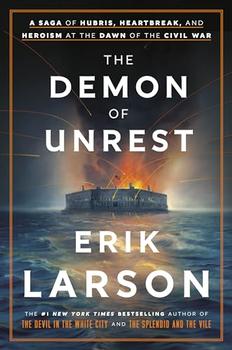
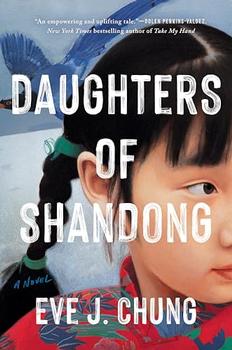
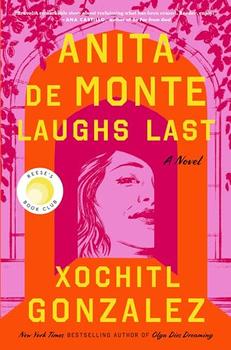
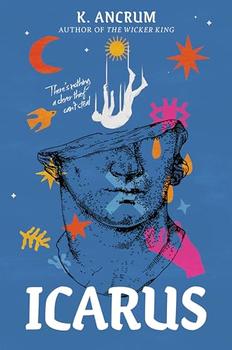
Your guide toexceptional books
BookBrowse seeks out and recommends the best in contemporary fiction and nonfiction—books that not only engage and entertain but also deepen our understanding of ourselves and the world around us.